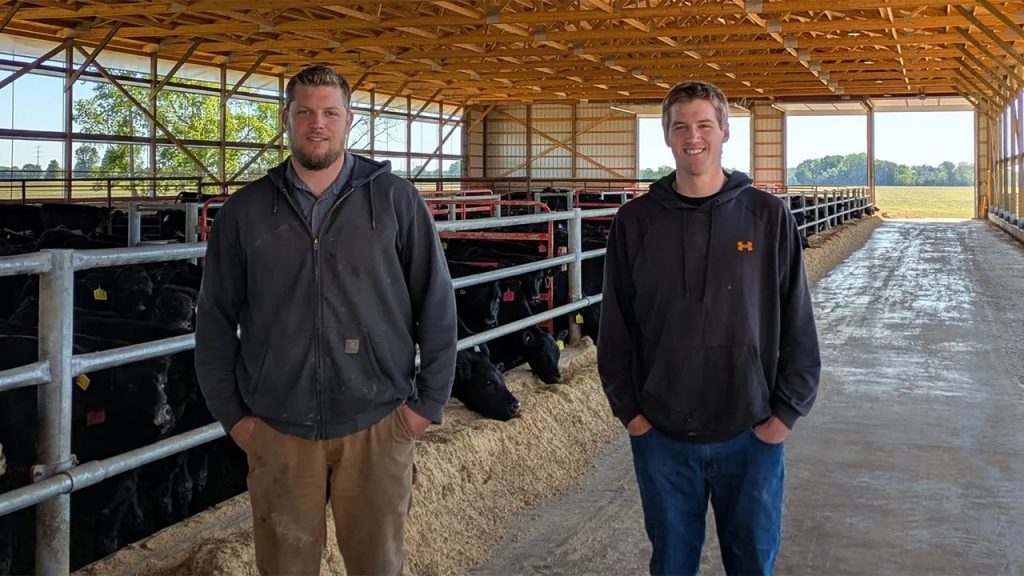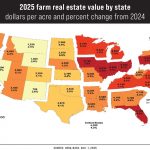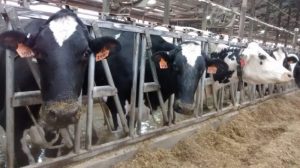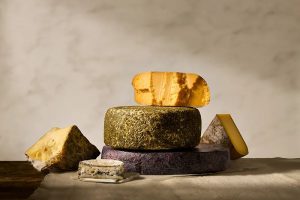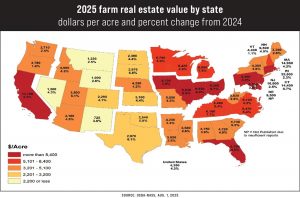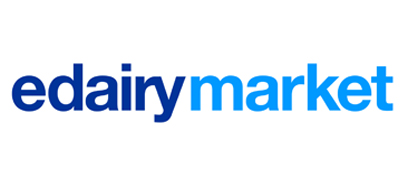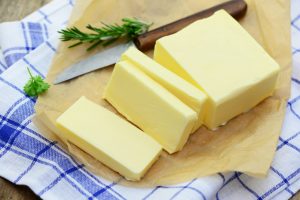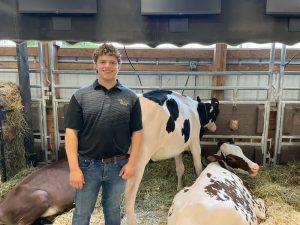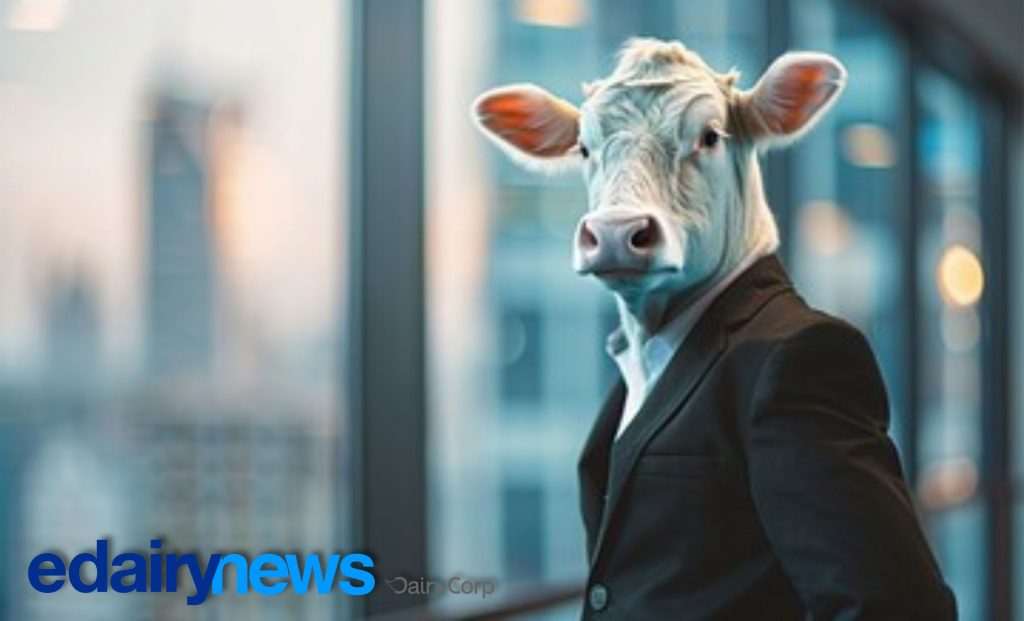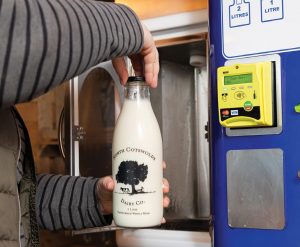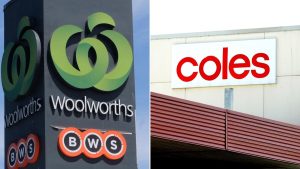
A Growing Trend in the U.S. Dairy Sector Provides a High-Value Solution for Surplus Calves, Boosting Cash Flow and Marketability.
The practice of crossbreeding dairy cattle with beef genetics has become a significant and growing trend within the U.S. agribusiness sector, offering a strategic solution for dairy producers to improve their cash flow. Originating decades ago in Europe, this practice has surged in the U.S. over the last five years, largely enabled by the widespread use of sexed semen. This technology allows dairy farmers to ensure they produce enough replacement heifers from their top-performing cows, freeing up the rest of the herd to be bred with beef sires, thereby adding value to what were once low-profit male calves.
This shift in dairy economics is driven by tangible financial benefits. According to Purdue associate professor Jackie Boerman, while the price spread between Holstein and dairy-beef calves fluctuates, the crossbreds consistently command a premium, often ranging from $25 to $200 per head, with some instances reaching up to $300. This increased value significantly diversifies a dairy farm’s revenue stream, which has traditionally relied on milk production for around 90% of its income. This new revenue stream helps a lot with cash flow, but Boerman cautions farmers against becoming too aggressive with crossbreeding at the expense of future replacement heifers.
The benefits of crossbreeding extend beyond the dairy farm, creating a more valuable product for the entire supply chain. Dairy-beef crosses are typically hardier, finish heavier, and possess more muscle than purebred Holstein steers. As Boerman notes, since finished Holsteins already have good marbling, crossing them with a beef animal, like an Angus—the number one choice for crossbreeding—creates a “best of both worlds” animal that is highly sought after by feedlots.
This sentiment is echoed by feedlot operators like brothers Louis and Jonathan Miller, who run a calf-feeding operation in Indiana. After transitioning from feeding Holstein calves to dairy-beef crosses, they found the crossbreds to be a “nicer animal from start to finish,” with better hybrid vigor and a higher resistance to disease. For the Millers, the increased marketability and higher resale value to feedlots in states like Kansas and Nebraska make the initial higher cost of the calves worthwhile, leading to substantially more profitability than with Holsteins.
To manage risk, the Millers have adopted a savvy marketing strategy, selling up to three-quarters of their animals on online auctions as soon as they purchase them. They monitor the futures market and will not buy calves if there’s no profit to be had, leaving their barns empty until the market improves. This approach demonstrates a sophisticated blend of farming and market analysis, highlighting how modern agribusiness requires strategic thinking to ensure profitability and long-term sustainability in a dynamic marketplace.
Source: Farm Progress: Dairy-beef crosses gain traction, boosting cash flow for farmers
You can now read the most important #news on #eDairyNews #Whatsapp channels!!!
🇺🇸 eDairy News INGLÊS: https://whatsapp.com/channel/0029VaKsjzGDTkJyIN6hcP1K
